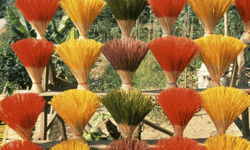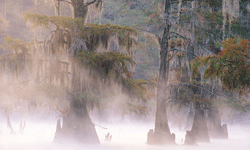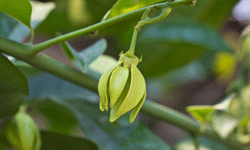Do you ever wonder what makes bottled fragrances smell so good? The answer is more complicated than you might think. Your favorite bottle of perfume may have more than 100 ingredients in it. Fragrance oils are common inclusions in perfumes and colognes and are typically synthetic reproductions of a plant's chemical composition. This makes them different from essential oils that are wholly natural and are extracted from plants.
Fragrances are usually categorized as floral, fresh, woody or oriental. Oriental or exotic fragrances are heavy and plush -- think vanilla and musk -- that contrast with, say, the smell of cut grass (which has a fresh scent). Sometimes people refer to a fragrance as exotic because the source comes from a faraway place. Over the next 10 pages, we'll introduce you to some of the sources of exotic fragrances. Some are rare, others are more familiar, but all have a pleasing aroma.
Advertisement




